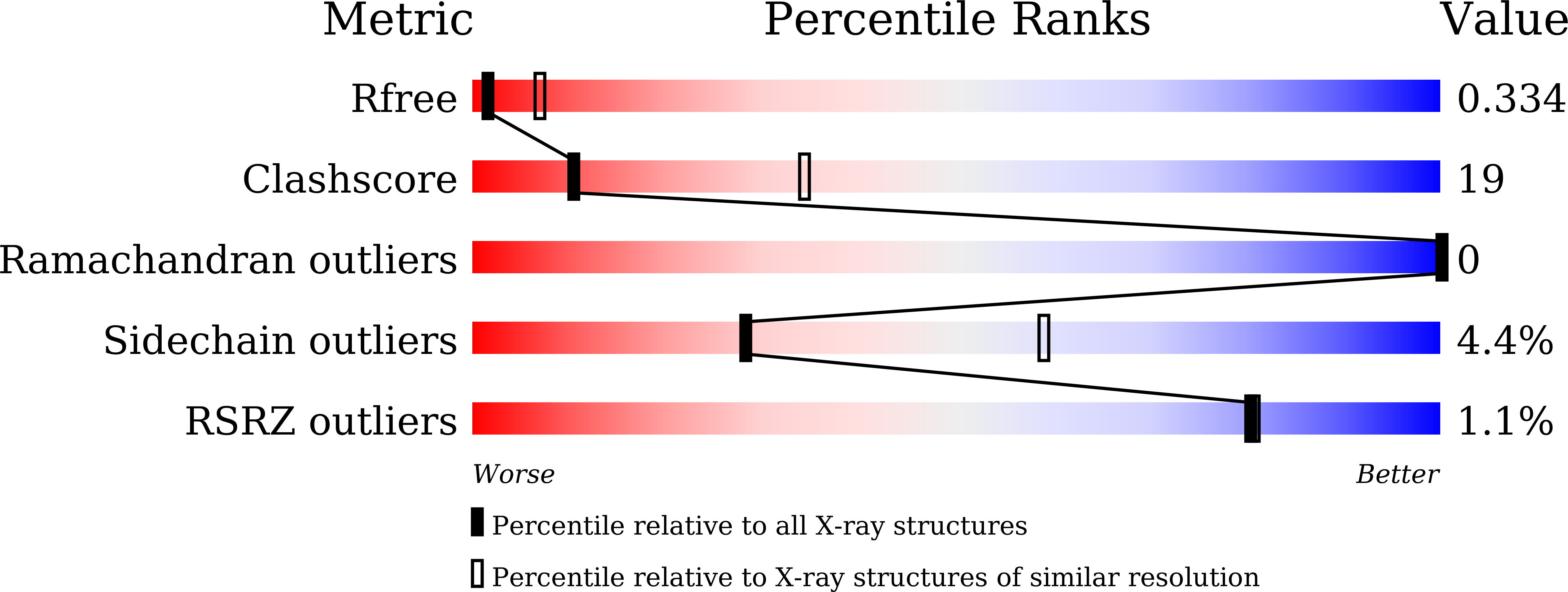
Deposition Date
2022-07-18
Release Date
2023-04-12
Last Version Date
2024-11-13
Entry Detail
PDB ID:
7YIT
Keywords:
Title:
Molecular mechanism of biased signaling at the kappa opioid receptor
Biological Source:
Source Organism:
Homo sapiens (Taxon ID: 9606)
Lama glama (Taxon ID: 9844)
Escherichia coli (Taxon ID: 562)
Lama glama (Taxon ID: 9844)
Escherichia coli (Taxon ID: 562)
Host Organism:
Method Details:
Experimental Method:
Resolution:
3.30 Å
R-Value Free:
0.33
R-Value Work:
0.28
R-Value Observed:
0.28
Space Group:
P 2 21 21


